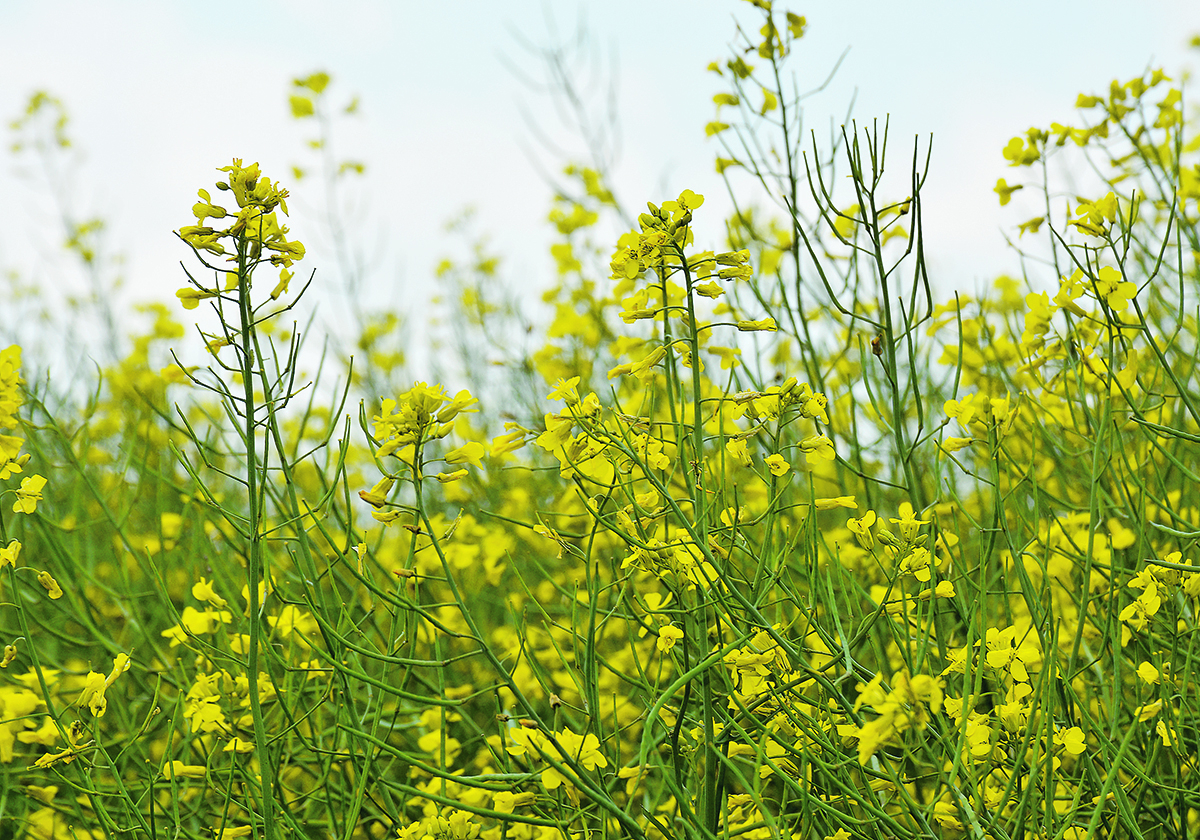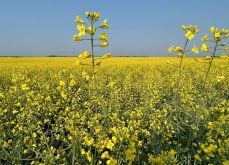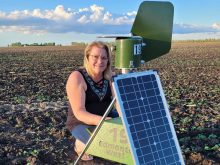SaskCanola amalgamated with the Saskatchewan Flax Development Commission this year to become SaskOilseeds
Free disease testing for farmers, field training days for agronomists and farmer-conducted on-farm research trials were the focuses of SaskOilseeds this past year.
Research manager Doug Heath outlined the organization’s 2024 activity at Canola Week, held Dec. 3-5 in Saskatoon and online.
”We work on behalf of canola and flax farmers to fund crop research, policy development and market development, and I invite you to check out all of our current research projects that we’re funding at various different places,” said Heath.
Read Also

VIDEO: Catch up with the Western Producer Markets Desk
The Western Producer Markets Desk provides daily updates on agricultural markets, with recent video commentary including looks into canola, wheat, cattle and feed grains.
This information is available on the Canola Council of Canada’s Canola Digest Science Edition, Canola Watch, the Canola Research Hub and the SaskOilseeds website.
SaskCanola amalgamated with the Saskatchewan Flax Development Commission to become SaskOilseeds in 2024. The union will be made official at the organization’s annual general meeting Jan. 14-15.
First up was SaskOilseeds’ free disease testing program, which is currently investigating three diseases: clubroot as well as the crown and stem pieces of blackleg and verticillium.
This past year had higher severity and presence of blackleg, said Heath, who encouraged canola growers to rotate their canola varieties.
“From this morning’s talks, it’s clear that there’s a lot of blackleg issues this year, and so using the same resistance-rated variety in the same field might not protect against shifting blackleg populations,” he said.
“So we feel it’s important to rotate canola varieties with different RG (resistance gene) packages to keep ahead of the shifting populations in your fields.”
Heath encouraged attendees to conduct race tests on blackleg samples to identify resistance genes in canola varieties.
“A blackleg race test might not fully guarantee that a different variety with a different RG package will protect against all the races in your field, but it can help you notify which varieties might be a bad choice to put in your field, depending on the races of blackleg that are present.”
It can be hard to tell blackleg from verticillium, so Heath also recommended a genetic test.
“Having a genetic test will give you a definitive diagnosis and then you can manage for the correct disease or diseases that are present.”
To date, SaskOilseeds has received diagnostic results for 133 individual fields from Discovery Seed Labs.
Of those fields, 12 had L. maculans only, eight had L. biglabosa only and 13 had neither. Both are fungal pathogens that cause blackleg.
“And of the 133, 18 also had Verticillium longisporum, and within that 18, 14 had L. maculans. Two had L. biglabosa and two didn’t have either,” said Heath.
“Those numbers don’t all add up, but that’s because there are other diseases present in some of the samples, like fusarium.”
Identifying clubroot requires a diagnostic polymerase chain reaction soil test.
“(That) will help you identify the presence of resting spores at the earliest stages so you can catch it and manage it before the spore load builds up after several rounds of canola in that field.”
The organization sent 34 clubroot soil test bags to the lab this year but has not yet received results. Producers can contact SaskOilseeds or any of its diagnostic labs for more information on conducting a soil test for clubroot.
Clubroot was removed from Saskatchewan’s Pest Control Act this year.
“But we still think it’s very important to be scouting and testing for it because it’s easiest to manage it the sooner that you can detect it, and the earliest that you can detect it is with the soil test,” said Heath.
On the agronomy front, SaskOilseeds partnered with Saskatchewan Agriculture and the canola council to host disease field training days for agronomists at AgriARM sites throughout the province. The days focused on the in-field diagnostics of the major canola diseases.
“So this just gave a quick two-hour field day for experts and agronomists to briefly talk about each of the four main canola diseases and left time for practicing and working with our partners to communicate with agronomists of the best way to submit samples,” said Heath.
“And so we’ll be doing that again in 2025 with dates and locations to be determined.”
Heath was keen to discuss the Top Notch on-farm, field-scale research trials. They were launched in 2023 at nine sites across the province.
“We’ve since expanded to 25 sites and four protocols this year,” said Heath.
These protocols include nitrogen fixing biologicals, seeding rates, enhanced efficiency fertilizers and split nitrogen applications.
“The program aims to help producers answer questions that they have specific to their farm, so producers are able to try a practice or a product on their own farm using their own equipment and existing practices.
“And so the co-operators can work with their own agronomists if they want to, and they’ll have access to a research specialist.”
The trials are randomized and replicated throughout a field to account for variability.
“We’re partnering with some of the other crop commissions in Saskatchewan as well in cases of protocols that might be common to more than one crop.”
The 2024 trial results will be made public in late February after trial participants are given access to the data, said Heath.
“We’ll be having a wrap-up meeting in January for this program.”
Applications for the 2025 Top Notch research trials are now open. The coming year’s edition will offer six protocols, including seeding rates, enhanced efficiency fertilizers, split nitrogen applications, fungicide, boron and other micronutrients, and early seeding dates.
“Our end goal is to eventually have a tool that will allow any grower to conduct replicated research on their farm with their own equipment and to be able to draw statistically sound conclusions.”
















